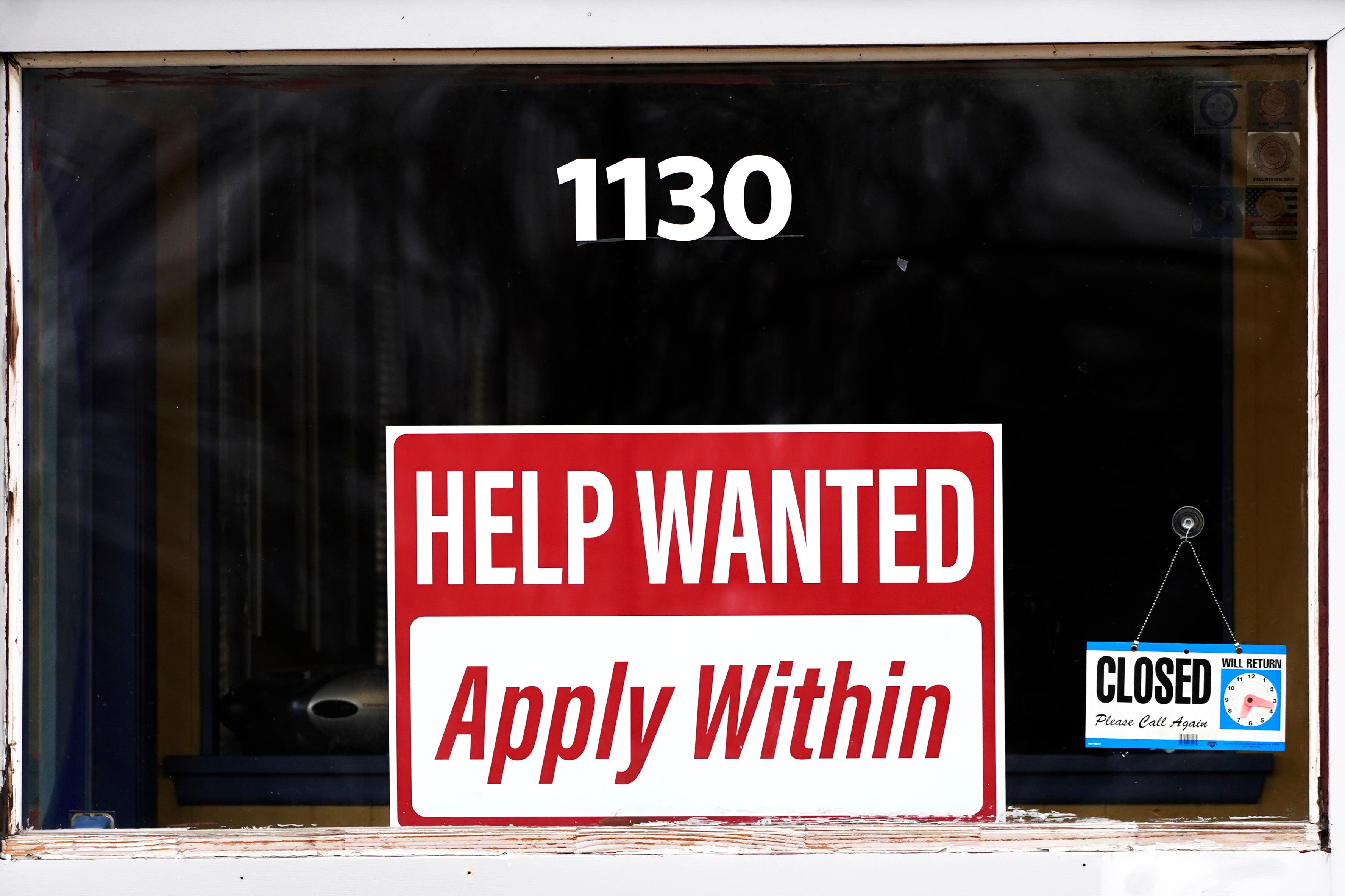Ray and Tom Magliozzi, better known as "Click and Clack, the Tappet Brothers," stopped recording new episodes of NPR's Car Talk in 2012.
Tom passed away shortly thereafter, in 2014. But the spirit of the show lives on. And if you visit a doctor's office, you just might benefit from it.
As it turns out, Ray and Tom's step-by-step method of diagnosing car trouble can be applied to more than just your broken down old jalopy. A handful of physicians are using the show to teach medical students how to diagnose disease.
"I use Car Talk clips when I teach first year medical students," says Dr. Gurpreet Dhaliwal, professor of medicine at the University of California, San Francisco. "I tell them to be on the lookout for the key parts in the problem-solving process."
Dhaliwal is a lifelong Car Talk fan. In one of his favorite episodes, a puzzled woman calls in complaining that she gets a shock every time she kisses her husband in the car. It didn't take long for Ray to pounce on a solution—new tires, which were creating static electricity.
"I listened to Car Talk when I was growing up as a kid in my father's car," Dhaliwal remembers. "I didn't know the mechanics, but I did recognize two people having a good time when they were laughing."
But when he entered the world of professional medicine, the show took on new meaning.
"I would listen to their podcast every weekend," Dhaliwal explains. "One day I said to myself, 'My goodness, these guys are doing the same job I have.' They collect the data, define the problem, and pick from several solutions. That's essentially what a doctor does."
Since then, Dhaliwal has been playing segments of the show in his classes. He uses the clips to teach clinical reasoning--the process doctors use to make a diagnosis. He even published an essay about his approach in JAMA several years ago.
Clinical reasoning can be difficult for young students, Dhaliwal says, because doctors often get jumbled and incomplete information about their patient. If you're new, it can be hard to decide what's important and what isn't.
Dhaliwal illustrates how the clips work in the classroom.
First off, the caller describes his or her car troubles. Dhaliwal will ask students, "what is the core problem they're trying to solve?" Dhaliwal explains.
In one Car Talk "case," the problem was a 1994 Chevy Lumina making a chugging sound going uphill.
Then, Ray and Tom take a history.
"It's an old car with 150,000 miles on it," Dhaliwal explains. "The major problem when you're chugging up the hill is you're not getting enough fuel at a very peak demand."
Lastly, the brothers present a potential fix.
"They realize there's only two plausible solutions," Dhaliwal says. "Either there's a dirty fuel filter or there's some bad spark plugs."
That step-by-step process, Dhaliwal says, is exactly what his students need to do in the clinic.
Identify the make and model, i.e., the core problem. Take a history. Consider plausible hypotheses for the solution.
Dhaliwal explains how it might work with a human subject.
"This looks like a healthy 25-year-old man with a cough," he says. "They have to trigger possible solutions for that. Could it be pneumonia? Could it be a simple virus? Could it be something as serious as tuberculosis? And as they get more data, they ultimately have to make a call and say which one of those things is most likely."
It's not just Ray and Tom's reasoning skills that Dhaliwal admires. One other thing he teaches budding physicians to emulate is their ability to build rapport, with cheerfulness, kindness, and humility.
And Dhaliwal isn't the only one to see a parallel between the two worlds. Dr. Erika Goldstein is a professor emeritus from the University of Washington School of Medicine. Early in her career, Goldstein struggled to find an effective way to teach clinical reasoning to new students.
"One day I had this revelation," Goldstein remembers. "I listened to the car guys [Ray and Tom] analyze a problem, reason through it, and come up with a diagnosis. I didn't know anything about cars, but I could follow what they were saying."
This was the '90s, before Car Talk was readily available online. So Goldstein began manually taping segments from the radio and playing them during her lectures.
Many first-year medical students are overwhelmed by medical school, Goldstein says, and they're afraid to make mistakes. That hesitance can get in the way of learning. But diagnosing car problems allows students to think about the process in a less stressful environment.
"It decreases the intimidation factor," Goldstein says. "None of them are supposed to be car mechanics, so they're not afraid to make mistakes when they're talking about cars."
While Goldstein and Dhaliwal use the car analogy as a teaching tool, other doctors use it to communicate with their patients. Dhaliwal points to a colleague, Dr. Gregory E. Brisson, who wrote an essay in the May 2018 issue of Family Medicine explaining how he uses automotive metaphors to discuss sensitive subjects.
In the article, Brisson recalls one conversation he had with a middle-aged male patient who was having issues with sexual performance.
The patient, Brisson writes, described his issues as, "not really a problem. Things are okay... But not like when I was younger."
"He couldn't quite bring himself to say it, so I helped him," Brisson continues. "You don't need to go from zero to sixty. You're looking to go from thirty to sixty and stay on cruise control a little longer. Is that it?"
While Goldstein believes that Ray and Tom would have been excellent doctors, there is one habit that students might not want to imitate: their bedside manner.
"They would say things like, 'If you get in that car and drive it before you get the wheel bearings checked, you're gonna die!'" Goldstein says. "You don't want to say things like that when you're meeting with your patients."
Paul Chisholm is a freelance science writer in Rapid City, S.D. He's on Twitter at @PaulJChisholm.
9(MDEyMDcxNjYwMDEzNzc2MTQzNDNiY2I3ZA004))







